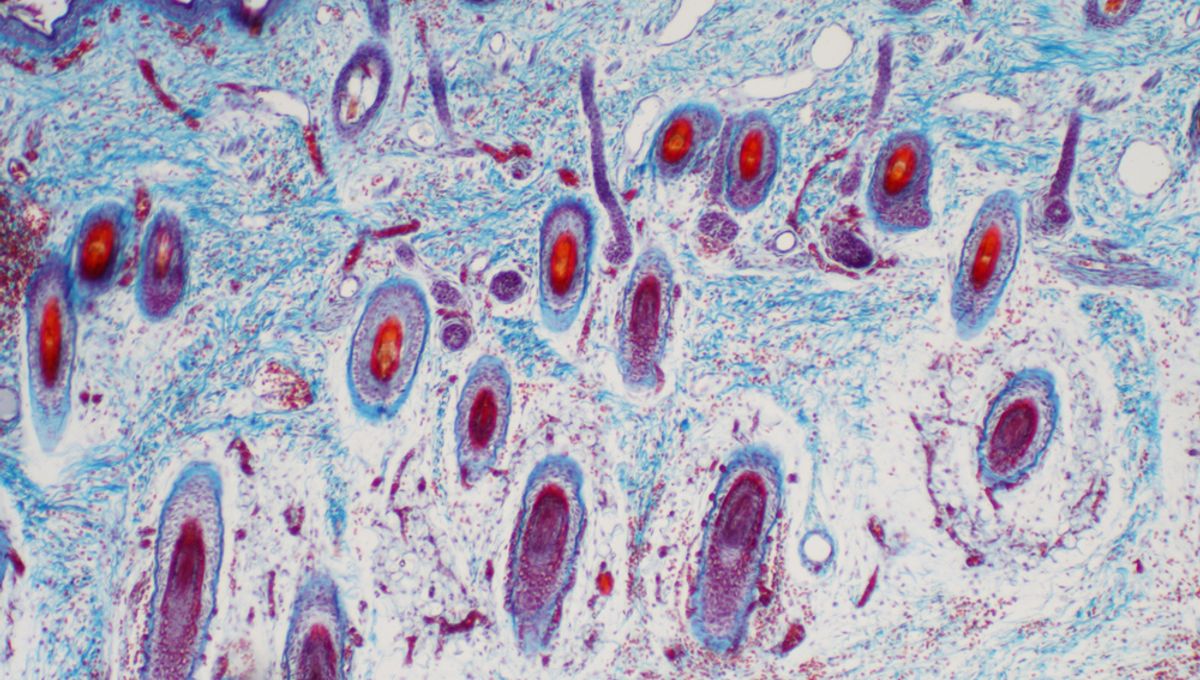
The human body has a lot going on, and as such it checks out that it would be made up of a fair few cells. From brain cells and blood cells, to skin cells and stem cells, each type is finetuned to perform a specific task, which, when combined, keep us alive and functioning. But exactly how many are there?
According to a new analysis of over 1,500 scientific papers, there are a gargantuan 36 trillion cells in the average adult male, an equally impressive 28 trillion in average adult females, and a still very substantial 17 trillion in an average 10-year-old child. In short, a lot of cells.
Unexpectedly, the researchers, who hail from institutions in Germany, Canada, Spain, and the US, also found that the mass of the smallest cells combined is about the same as the joint mass of larger cells.
“These patterns are suggestive of a whole-organism trade-off between cell size and count and imply the existence of cell-size homeostasis across cell types,” they write in their paper.
To reach these conclusions, the team conducted a comprehensive study of previously published data, looking specifically at what types of cells there are, how many of each type, as well as their mass and size. They identified more than 1,200 different groups, comprising 400 known cell types across 60 tissues.
Using three reference anatomical models – a 70-kilogram (154-pound) adult male, a 60-kilogram (132-pound) adult female, and a 32-kilogram (71 pound) child – they then estimated the total number of cells in each body type.
This has been done before – and estimates have been in the same ballpark – but research into the relationship between cell size and count has never been formally examined over the whole human body as it has been here.
“You would guess that there’s an average cell size and that we’d mostly be made up of this average cell size,” study author Eric Galbraith told New Scientist. “But in fact, this isn’t true.”
Instead, there seems to be an inverse relationship between cell size and count, whereby we have fewer larger cells and a greater number of smaller cells to maintain balance across cell types.
“In our bodies we have roughly the same amount, in terms of mass, of very small cells as well as very big cells and all the cell sizes in between,” Galbraith added.
The developmental mechanisms underlying this are still not known, and many questions remain.
“Our holistic perspective of cell size and count has identified some major gaps in knowledge,” the authors conclude, “some of which may have health implications, such as the total body lymphocyte count.” It may also affect what we know about cell growth and proliferation, they continue.
In light of this potential significance, they have made all data from the analysis available online.
The study is published in Proceedings of the National Academy of Sciences.
Source Link: This Is How Many Cells There Are In The Human Body